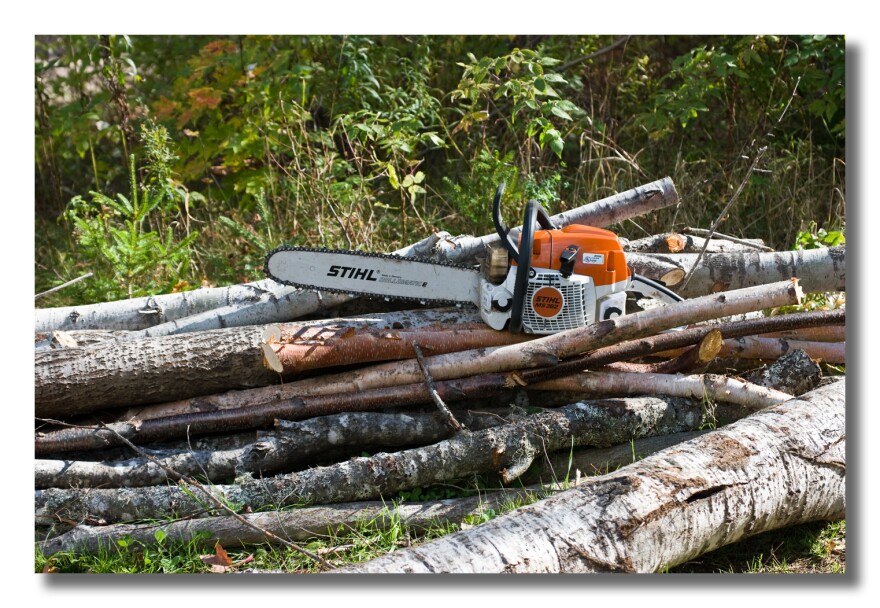With the cooler temperatures arriving, more folks are looking to cut firewood for their woodstoves. But the dry forests and are wildfires have meant restrictions are in place for when and where you can use a chainsaw.
Using a chainsaw in the woods poses a fire hazard if the forest is dry. The machine can cause a spark that might start a fire.
Generally the news is getting better for those interesting in making a trip out to the forest to cut some firewood.
In the Idaho Panhandle National Norest, spokesman Jay Kirschner says the cool weather has improved conditions in the last few days. “There are no restrictions related to chainsaws. We do have a couple closure areas because we do still have active fire out there. Of course people can't go in there at all, but otherwise there's no restriction on the use of chainsaws.”
Kirschner says you can find out where the closed areas are by checking out the Idaho Panhandle National Forest website.
In the Colville National Forest, so called “Hoot owl” restrictions are in place, meaning you cannot use your saw between 1pm and 8pm, essentially the hottest part of the day. Spokesman Franklin Pemberton says there are also some areas where cutting is completely off limits:
“All that land north of Highway 20 all the way up to the Canadian border between Republic and Kettle Falls. A lot of people like to cut firewood there, and unfortunately that is still closed for fire suppression. We do still have active fires burning in those areas."
Pemberton says to contact your local ranger station to determine what areas might be off limits.
On DNR managed lands in Northeast Washington, those same Hoot owl restrictions are in place. DNR spokesman Steve Harris offers some other advice:
"You need to have a one hour watch after you quit working, making sure nothing has started. In addition, you want to make sure you have a working spark arrestor [on your saw], a shovel on site, and a fire extinguisher nearby as well.”
Harris cautions that there are some DNR managed lands where chainsaw use is still prohibited. He is advising people to visit the DNR website for a specific map of where the restrictions are still in place.


